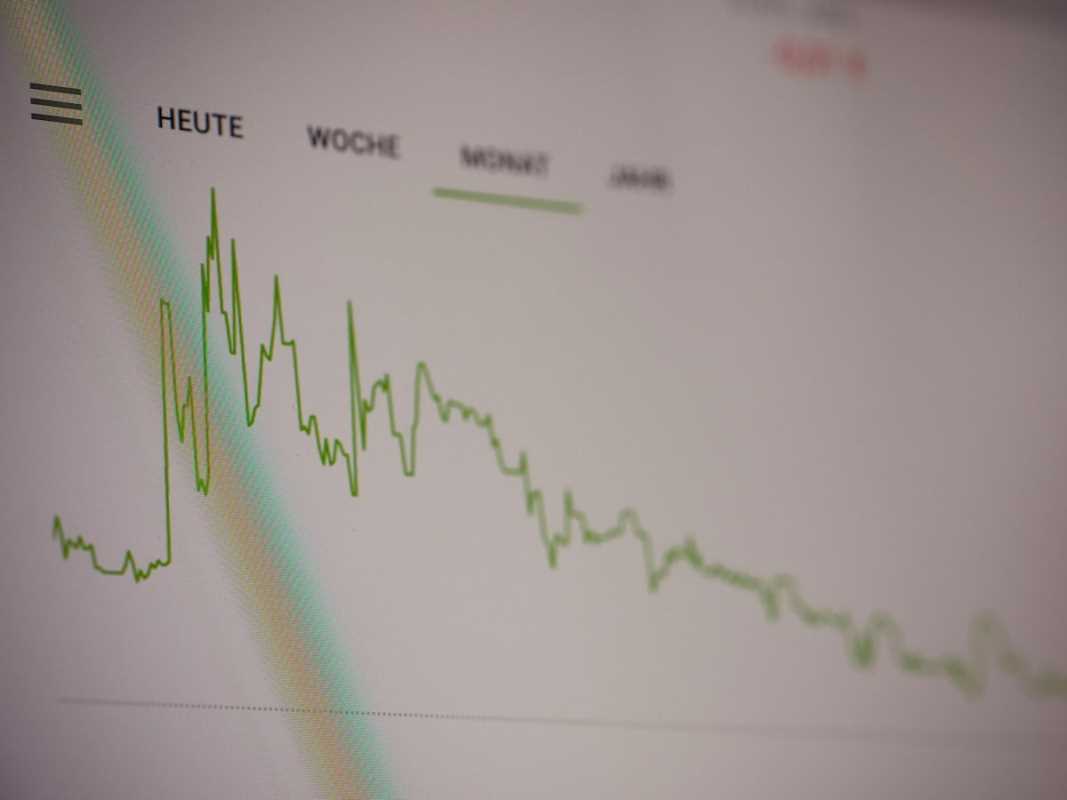Investing in low-cost index funds is a smart, accessible way to build long-term wealth without getting bogged down by high fees or complex strategies.
These funds are a favorite among beginner and experienced investors alike because they offer simplicity, diversification, and affordability. Below, we’ll explore some of the best low-cost index funds available today, explaining their benefits, features, and why they could be a strong addition to your investment portfolio.
1. Vanguard 500 Index Fund (VFIAX)
The Vanguard 500 Index Fund is synonymous with low-cost investing. Its goal is to track the performance of the S&P 500, a benchmark of the 500 largest publicly traded companies in the U.S.
- Expense Ratio: 0.04%
- Minimum Investment: $3,000
Key Features:
- Offers exposure to diverse large-cap companies like Apple, Microsoft, and Amazon.
- Focused on stability and growth over the long term.
- High liquidity means you can buy or sell with ease.
This fund is perfect for those wanting a balanced, hands-off investment that reflects the U.S. economy. Vanguard's reputation for keeping costs minimal ensures more of your money works for your financial goals.
2. Fidelity ZERO Total Market Index Fund (FZROX)
If you’re aiming to keep your expenses as low as possible, consider the Fidelity ZERO Total Market Index Fund. This fund tracks the performance of the entire U.S. stock market, including small-, mid-, and large-cap stocks.
- Expense Ratio: 0.00% (No fees!)
- Minimum Investment: $0 (No minimum requirement)
Key Features:
- A true zero-cost fund, ideal for maximizing returns.
- Exposure to over 3,000 companies for broad diversification.
- No hidden fees or sneaky charges, making it accessible to new investors.
Fidelity ZERO funds are an excellent choice for beginners who want to grow their wealth without worrying about fees eating into returns.
3. Schwab U.S. Broad Market ETF (SCHB)
The Schwab U.S. Broad Market ETF is another strong contender if you're looking for low-cost exposure to the U.S. stock market. This fund includes over 3,500 large-cap, mid-cap, and small-cap stocks.
- Expense Ratio: 0.03%
- Trading Cost: Commission-free on Charles Schwab’s platform
Key Features:
- Competitive expense ratio for budget-conscious investors.
- Broad market exposure, making it a one-stop solution for diversification.
- Reliable performance mirroring the total market index.
SCHB is ideal for those who want flexibility in trading and a low maintenance investment aligned with the entire U.S. stock market.
4. iShares Core MSCI Total International Stock ETF (IXUS)
Diversification isn’t just about including different companies; geographical diversification is just as important. The iShares Core MSCI Total International Stock ETF covers international stocks from established and emerging markets.
- Expense Ratio: 0.08%
- Trading Cost: Commission-free on many platforms
Key Features:
- Includes over 4,300 companies from various global markets.
- Offers exposure to regions like Europe, Asia, and South America.
- A low-cost option for global risk diversification.
Adding IXUS to your portfolio could reduce your dependency on U.S. stock performance, helping hedge against domestic economic downturns.
5. SPDR S&P 500 ETF (SPY)
The SPDR S&P 500 ETF (or "SPY") is one of the most traded and widely recognized ETFs for tracking the S&P 500. It offers a balance of cost-efficiency and high liquidity.
- Expense Ratio: 0.09%
Key Features:
- Good for investors who need immediate market exposure.
- High trading volume, reducing the potential for price impacts during trades.
- Backed by a strong reputation and history in ETF markets.
While SPY’s expense ratio is slightly higher than its peers, its liquidity and historical performance make it a strong asset for frequent traders.
6. Vanguard Total Stock Market Index Fund ETF (VTI)
Looking for a fund that covers the entire U.S. stock market in one purchase? The Vanguard Total Stock Market Index Fund ETF gives you exposure to over 4,000 stocks across all market caps.
- Expense Ratio: 0.03%
Key Features:
- Tracks a comprehensive benchmark of the overall U.S. stock market.
- Highly diversified with holdings in large-, mid-, small-, and micro-cap stocks.
- Popular among long-term investors for its steady returns.
If you want a “one-size-fits-all” approach to U.S. equities, VTI checks all the boxes. Plus, Vanguard’s low-cost focus means you keep more of your returns.
7. Fidelity U.S. Bond Index Fund (FXNAX)
Bonds can add a layer of stability to your portfolio, especially in uncertain times. The Fidelity U.S. Bond Index Fund tracks the Bloomberg Barclays U.S. Aggregate Bond Index, providing exposure to a variety of investment-grade U.S. bonds.
- Expense Ratio: 0.025%
- Minimum Investment: $0
Key Features:
- Includes government, corporate, and mortgage-backed securities.
- Balances out the volatility of equities in a portfolio.
- Ideal for conservative investors or those nearing retirement.
A mix of stocks and bonds can help you weather market ups and downs, and FXNAX is a near-zero-cost way to incorporate bonds.
8. iShares Core MSCI Emerging Markets ETF (IEMG)
Investors looking for opportunities in fast-growing economies should take a look at the iShares Core MSCI Emerging Markets ETF. It focuses on companies in emerging markets like China, India, and Brazil.
- Expense Ratio: 0.09%
- Trading Cost: Commission-free on many platforms
Key Features:
- Provides access to more than 2,300 stocks in emerging markets.
- Balanced diversification across multiple industries and regions.
- A relatively low-cost way to tap into high-growth countries.
Keep in mind, emerging markets can be more volatile than developed markets, making this fund better suited for investors with a higher risk tolerance.
9. Schwab International Equity ETF (SCHF)
If you're seeking international exposure with cost efficiency, the Schwab International Equity ETF is a solid pick. It offers broad exposure to over 1,500 companies in developed markets outside the U.S.
- Expense Ratio: 0.06%
- Trading Cost: Commission-free for Schwab accounts
Key Features:
- Covers major markets like Europe, Japan, and Australia.
- Lower expense ratio compared to many international ETFs.
- Great for diversifying a U.S.-heavy portfolio.
SCHF combines affordability and diversity, making it appealing for investors who want a straightforward way to gain international exposure.
Next Steps
Low-cost index funds are a fantastic way to grow your wealth while minimizing fees. The diversity they offer ensures your investments are spread across industries, geographies, and asset classes, reducing risk and boosting long-term stability. While funds like Vanguard’s Total Stock Market ETF (VTI) or Fidelity’s ZERO options are excellent for domestic exposure, consider including international funds like iShares Core MSCI Total International Stock ETF (IXUS) to balance your portfolio.







